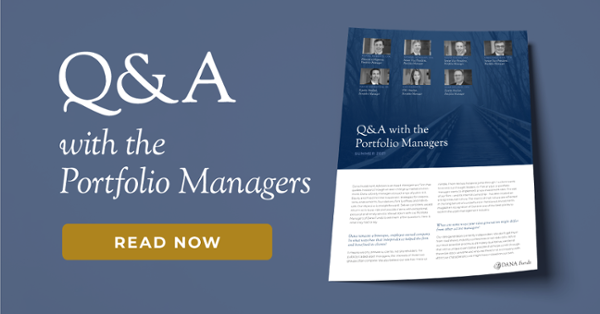Five Reasons to Break Out of Style Boxes and Consider Core
Published on
Style boxes have been a part of many asset allocation models for decades, but it might be time to break away. Current dynamics for both growth and value indices make style box investing seem riskier.
Below are five reasons investors may want to break away from style boxes, in favor of a more balanced and more simplistic, core equity strategy, which has broad market exposure to both styles, and invests in companies that have both growth and value characteristics:
- A changing interest rate is a threat to growth stocks. Many growth stocks tied to secular growth themes trade at excessive valuations … even by growth standards. These valuations have been supported by low interest rates, which lowers the discount rate of future earnings, making those earnings worth more in today’s dollars. When the interest rate outlook reverses, these stocks could be overly punished. Investors caught a glimpse of this dynamic at the beginning of 2021 when it looked like the economy was reopening, and the market began to price in a normalization of rates. If, or when, rates look poised to increase, growth stocks could again be out of favor.
- Currently, style boxes investing means the investor is taking substantial sector bets. As an example, the Russell 1000 Growth Index has a 44.8% weighting to the technology sector, while its value counterpart has a 21% allocation to financials.
- Style box investing could force a portfolio manager to sell a good idea when it changes indices. If a value or growth fund must stay within the bounds of a benchmark value or growth index, the portfolio manager would have to sell a value stock if it is experiencing growth and joins a growth index. In short, style boxes force the manager to occasionally abandon a good idea.
- A core equity allocation allows the investor to use satellite strategies more creatively. Also called a core and satellite approach, with core equity strategies comprising the bulk of the equity asset allocation, an investor can invest in riskier, niche investment strategies as satellite funds, knowing they have their broad equity exposure in the core.
- Style boxes offer less stability. Investment styles can swing in and out of favor. A core equity strategy that invests across both spectrums should be less susceptible to swings in either direction. Minimizing those variations in performance can create a better experience for the investor over the long term.



